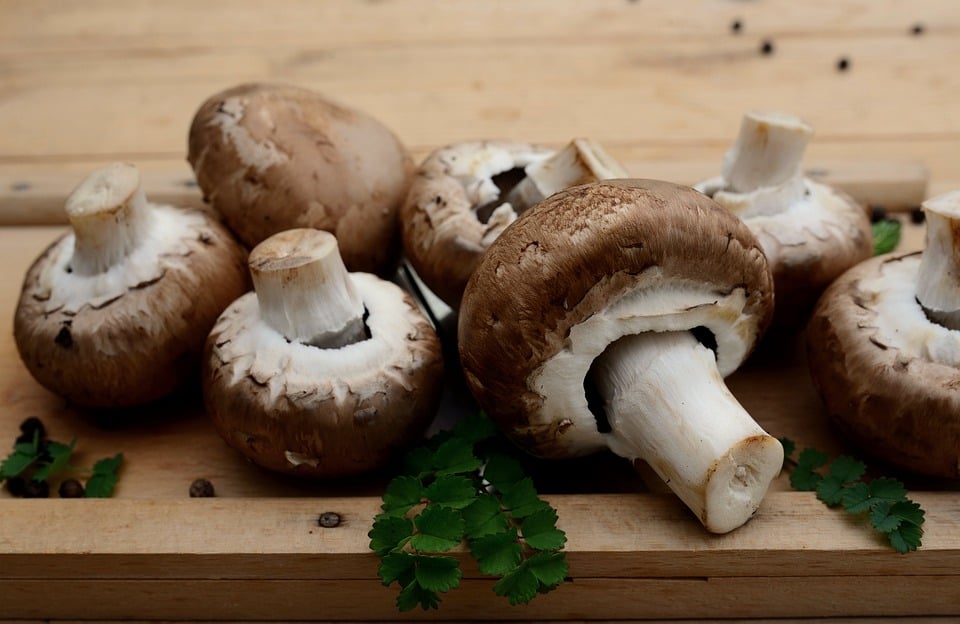Choose the Right Location
One of the first steps in starting an edible garden is selecting the right location. Choose an area that receives at least 6-8 hours of sunlight per day, as most edible plants require ample sunlight to thrive. Make sure the location has good drainage to prevent waterlogging, which can lead to root rot.
Prepare the Soil
Before planting any seeds or seedlings, it’s important to prepare the soil in your garden. Test the soil pH to determine if it is acidic, neutral, or alkaline, and make amendments accordingly. Adding organic matter like compost or aged manure can improve soil structure and fertility, providing a nutrient-rich environment for your plants.
Choose Your Plants
When starting an edible garden, it’s important to choose plants that are well-suited to your climate and growing conditions. Consider factors like temperature, sunlight, and water requirements when selecting plants for your garden. Some popular choices for beginners include tomatoes, peppers, lettuce, herbs, and strawberries.
Start Small
It’s easy to get carried away when starting an edible garden, but it’s best to start small and gradually expand as you gain experience. Begin with a few easy-to-grow plants and gradually add more as you become more confident in your gardening skills. This will help you avoid feeling overwhelmed and ensure success with your new garden.
Water Regularly
Water is essential for the health and growth of edible plants, so it’s important to water your garden regularly. Most plants require about 1 inch of water per week, but this can vary depending on the plant and weather conditions. Water in the morning or evening to reduce evaporation and prevent water stress on your plants.
Control Pests and Weeds
Pests and weeds can quickly take over an edible garden if left unchecked, so it’s important to control them early on. There are many natural methods for pest and weed control, such as handpicking pests, using companion planting techniques, and spreading mulch to suppress weeds. Regularly inspect your plants for signs of pests or disease and take action promptly to prevent damage.
Harvest and Enjoy
One of the most rewarding parts of having an edible garden is harvesting and enjoying the fruits of your labor. Harvest your plants when they are ripe and enjoy fresh, homegrown produce straight from your garden. Get creative in the kitchen with your harvest, trying out new recipes and preserving extras for later use.
Conclusion
Starting an edible garden can be a rewarding and fulfilling experience for beginners. By choosing the right location, preparing the soil, selecting the right plants, starting small, watering regularly, controlling pests and weeds, and harvesting your produce, you can create a thriving garden that provides fresh, nutritious food for you and your family. Follow these beginner’s tips to start your own edible garden today!



